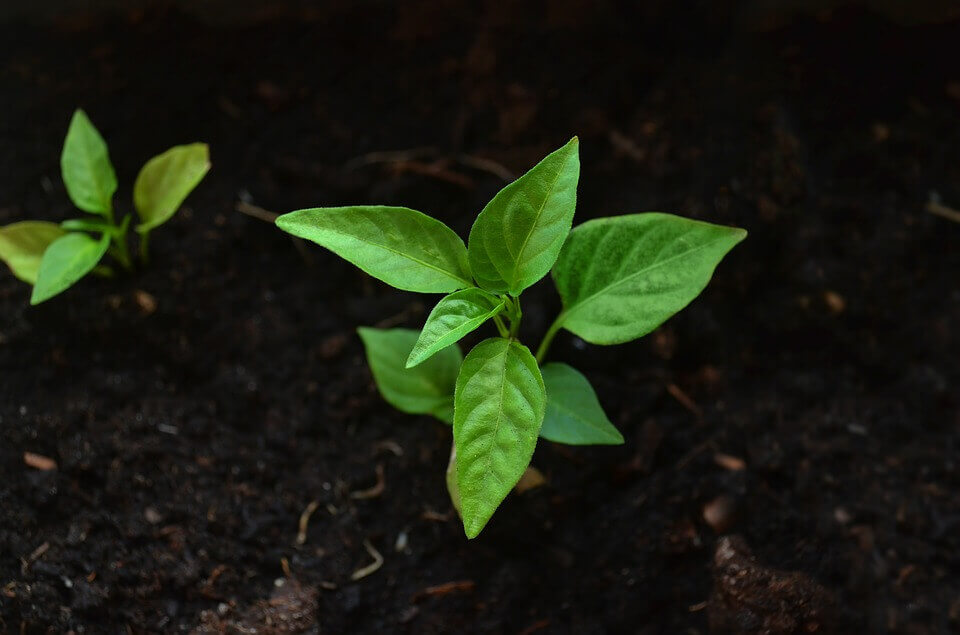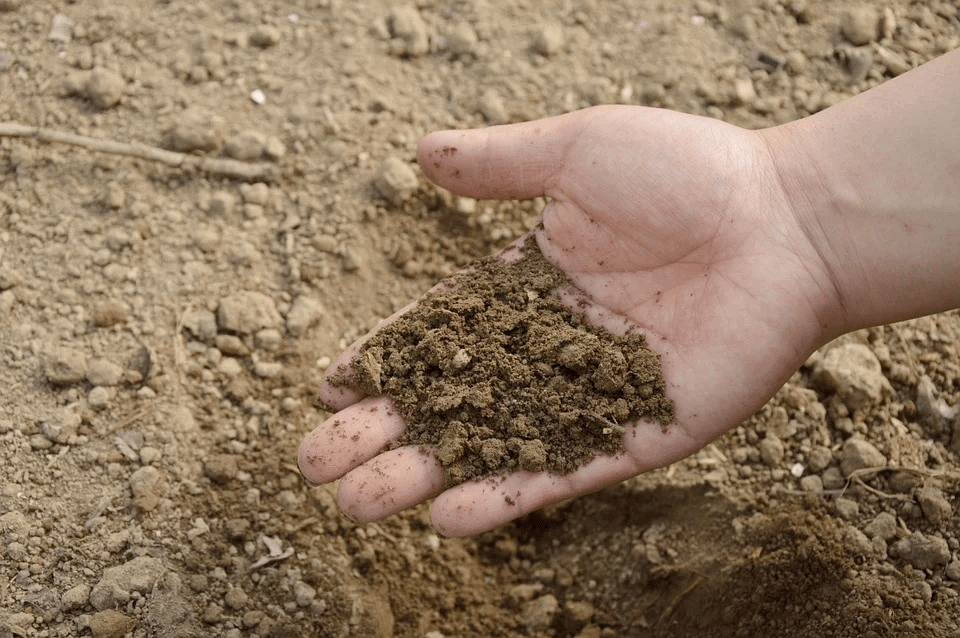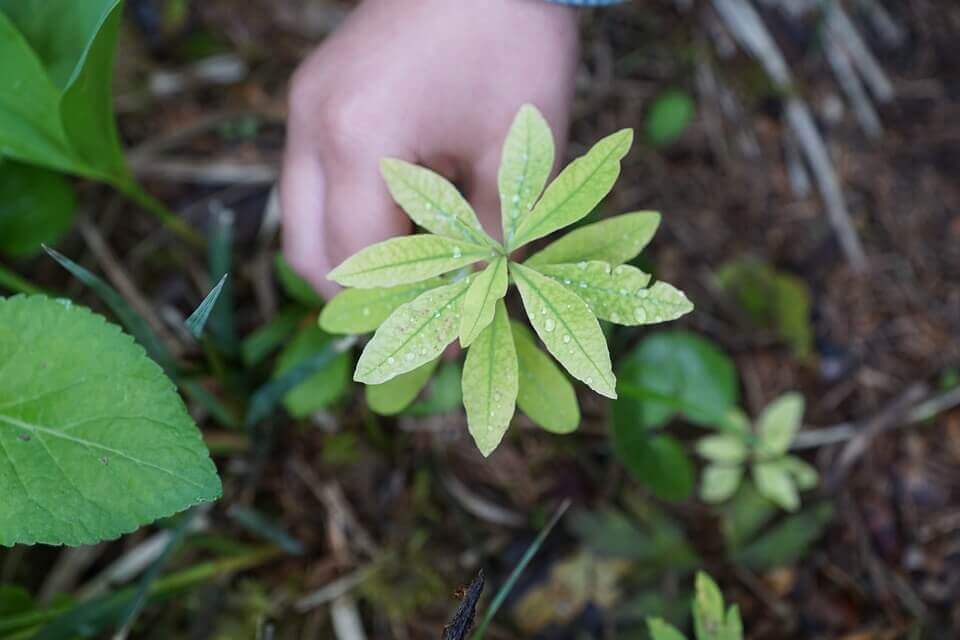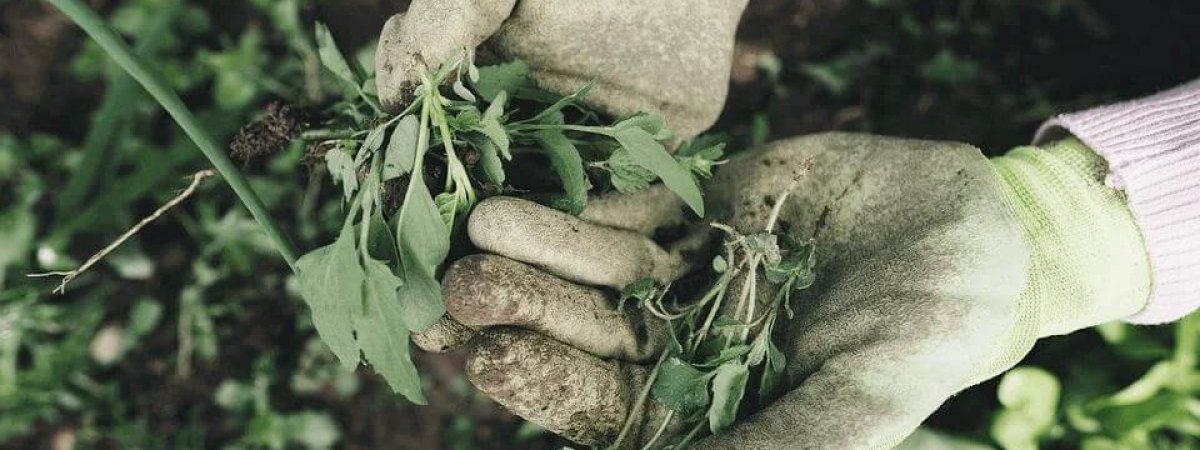Have you often heard people saying you about how incapable you are of growing plants? Do you also relate to them? If so, you are falling short of some smart tips on how to take care of plants! There’s no such curse as “plant killer” or “bad gardener.”
All you need is to understand a few things while getting started with gardening, and that’s what we are trying to help you with, in this blog. We have mentioned some proven tips on taking care of your plants at home.
Let’s get started!

How to take care of plants?
Choose the right plant
First things first, if you think that you can grow any plant in your garden, you are wrong. The reason why some plants die as soon as you get them home is not that you lack a green thumb, but because they don’t fit in the environment.
Certain plants need certain kinds of environment, soil quality, zones, etc. So, you must choose the right plant from the nursery to grow in your home gardens, or indoors for that matter. Follow the gardening mantra of ‘right plant, right place’, while choosing your plant.
You can take help from your local garden center to find a plant that grows best in your climate and lifestyle. If you are forgetful when it comes to watering plants, better go with the options like cacti and snake plants.
If you have got pets, lilies and daffodils are not a good option friend!
Always try using a composted yard waste
One thing to remember in gardening is that not every material used in a compost decomposes at the same rate. There might be some materials that are well-degraded to be used in your garden for planting, while others may not degrade to the same level.
A thorough compost helps in generating higher temperatures for a longer period, that kills any pathogens in it. In the case of infected plant debris that is not composted well, may introduce harmful diseases into your home garden.
If you are unaware of the exact conditions of the compost pile, you must not use yard waste for mulching sensitive plants and keep away from including infected debris in the compost.
Make sure to clean up in the fall season
One of the best tips on how to take care of plants at home is a proper clean up every fall. You should run a deep garden cleaning campaign in the fall, despite living in a moderate climate zone. It is a great way to keep your garden disease-free.
Diseases can affect the dead leaves and plant debris, which eventually moves to the new leaves that grow in the spring. Some of the examples of potential diseases overwintering on dead leaves include black spots on roses, iris leaf spot, and daylily leaf streak.
You can easily reduce these consequences by cleaning the garden every fall.
Use the right fertilizer
If you are much worried about how to take care of plants indoors, you must move your attention towards the fertilizers used for your plants. Be it indoors or outdoors, fertilizers have a significant impact on the growth of your plant.
Excessive use of fertilizers can burn roots, which compromises their ability to absorb water. As a result, the plant is subjected to stress from cold heat and drought. Nutrient-starvation in plants is a condition that can have adverse effects like leaf spots.
When you have stronger plants growing with the optimum amount of fertilizers/nutrients, their ability to fight against diseases also improves. To get accurate nutrient levels in your garden soil/potting mix, you can get a soil test done at the nearest local extension agency.
Without a proper soil test, you are just feeding the plant based on guesswork that can result in unanticipated results due to unknown quantities of nutrients in your soil.

Grow disease-resistant varieties
To make sure your plants are safe from a pest infestation, you must choose disease-resistant plants for your garden. These are plants that may fall sick due to a specific problem but holds the ability to fight against it rather than succumbing to it.
If you are looking forward to growing flowers in your backyard or garden, you may fail to acknowledge the disease-resistant tags on plants. However, that doesn’t imply that flower varieties are not capable of resisting diseases.
You will come across rose companies that offer disease-resistant plants – the ones that fight off black spots and powdery mildew.
You can take assistance from fellow gardeners and nursery employees to identify the top disease-resistant plant varieties to grow in your home garden.
Never crowd your plants
Always make sure that you space the plants well in the garden. When crowded, plants can develop their humidity level that results in diseases like rust, powdery mildew, and downy mildew. It is also important to watch how the established plants spread.
Ensure there’s proper air circulation around the plants to control the increasing relative humidity and keep them from drying quickly. When you transplant plants close to each other, they have poor growth due to competition for water, light, and nutrients.
As such, the plants turn weak and become vulnerable to attack. To believe the experts, plant diseases also spread through the contact of an infected leaf with a healthy leaf. It mostly happens when two plants are planted side by side, with minimum space between them.
To reduce the chances of disease or infestation, trim the damaged, crowded or old leaves of the plants that are more prone to diseases like powdery mildew. You can even try rearranging or dividing the plants as and when needed.
Trim off the dead parts of a plant
Another important thing to note while learning how to take care of plants is to regularly cut the dead parts of your garden plants. The process of cutting dead leaves stems, and stalks of plants is called pruning.
You can prune your plants using sharp shears or scissors, or use your hands to pluck the dead leaves. It is best to bid goodbye to a part that has turned brown or spotted.
Say no to over-watering
Going by the experts’ advice on gardening, you must never over-water your plants. It is one of the most common mistakes amateur gardeners make. Different plants require different levels of watering – for example, succulents should only be watered once a month.
The proper technique includes watering the base to initiate proper growth. This implies that you shouldn’t be sprinkling waters on the leaves.
Also, check for the lukewarm temperature of the water as cold water can damage the roots due to shock.

Plant in optimum light
Light is one of the most significant factors responsible for healthy plant growth. There are labels like full sun, dappled sun, partial sun, indirect sunlight, etc. for the amount of light adequate for a particular type of plant.
When suggested to grow a plant in partial sun, it includes areas, such as hallways or the ones close to the blinds. You need to be very careful about considering the light in and around your house while selecting plants.
If you live in an apartment experiencing minimum sunlight, ferns and spider plants can be your best picks. Lighting is something you must never ignore when it comes to understanding, “how to take care of plants?”
Don’t make changes in the environment
In case you are a beginner, you must know that plants are extremely sensitive to change. They go into slow adaptation to new surroundings. So, if you see the plants growing fine, don’t make changes in lighting or height.
If you plan to grow a huge plant baby, plant it in a location where it will establish well through the growth stage. Nevertheless, when there’s a need to change the location as if you are moving to a new apartment, try easing out the transition process for your plants.
You can start by moving it outdoors for a night or two, introducing it to the elements before the permanent transition.
In a Nutshell
We hope you are now well aware of the concept of how to take care of plants. You must choose the right plant, maintain good spacing, control lighting, create rich compost, and always look out for diseases. If you got any more questions, let us know in the comments below.
You may also like to read
Low-Maintenance Plants – Houseplants that Don’t Easily Die by Negligence






